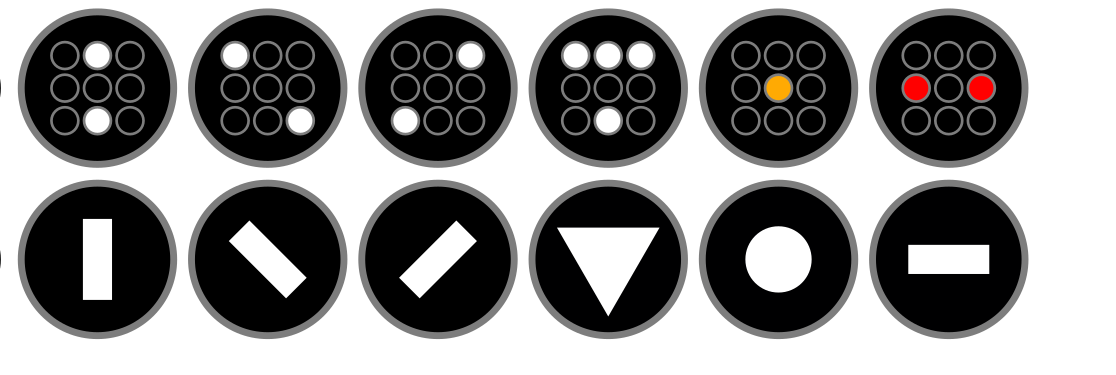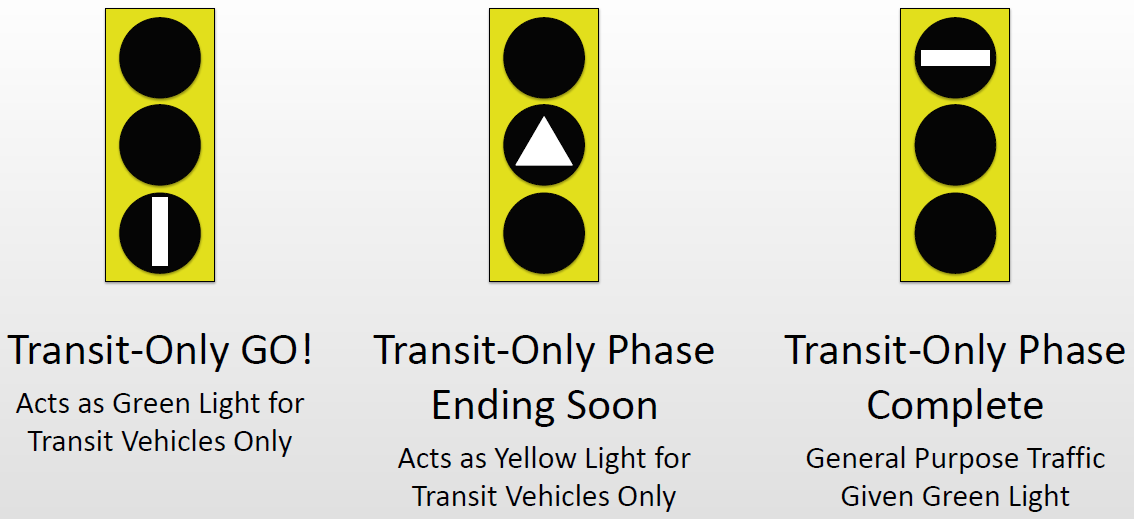I think the centre is better, although boarding islands are more ideal. Especially for Toronto that has a streetcar network (versus a single line) 90 degree turns at intersections would be very difficult. As well there would be too many delays by stopping vehicles, and tracks would be problematic for cyclists and curbside parking. What boggles me though is why the US is building so many mixed-traffic streetcars on wide streets. For Detroit's line, there's so much room on the street, and it was fully rebuilt. They also don't exactly have major congestion issues (the downtown looks like a ghost town sometimes). They should've built the streetcar in it's own right-of-way.






